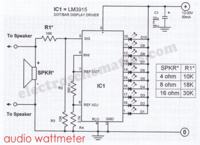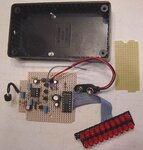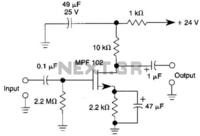Enzy
Advanced Member level 1
I bought one today and tried it just now I am probably using some wrong parts check this out.
https://www.youtube.com/watch?v=UbuRtk4uK9g
look at the Led's they arent working properly
https://www.youtube.com/watch?v=UbuRtk4uK9g
look at the Led's they arent working properly




